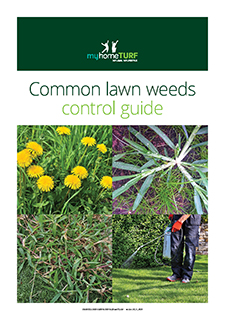What are Perennial Weeds?
Perennial Weeds are longer lived plants that can survive winter or regrow from roots, rhizomes or tubers in spring after a period of dormancy. Many weeds that grow from seed ...

Killing weeds in Buffalo lawns can require various types of weed sprays which may also be used differently, and with different guidelines for safety and application from their manufacturers.
While there can be many different variables in their use and application, there are some universal lawn care tips that will greatly increase the effectiveness of many weed treatments for Buffalo grass.
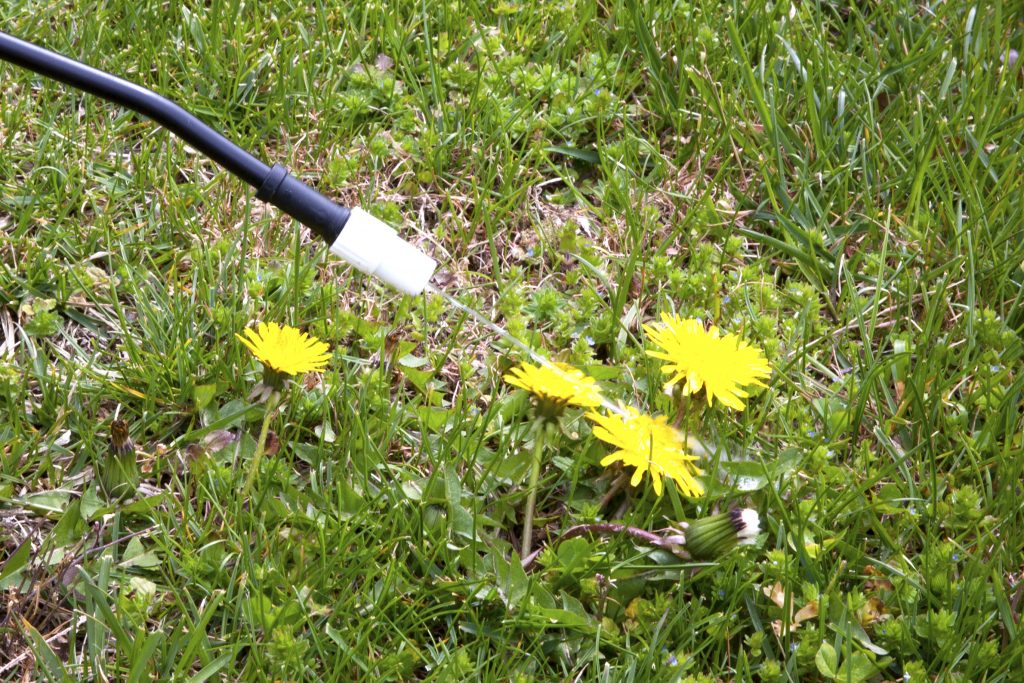 Each herbicide is different and will require different application methods, times, and quantities and dilutions for any given product.
Each herbicide is different and will require different application methods, times, and quantities and dilutions for any given product.
Be sure to carefully read the directions on the herbicide label before ever using a herbicide on a lawn.
Many lawn herbicides are not safe for use on Buffalo grass, and can severely damage or even kill the Buffalo lawn after application.
Today, there are many Buffalo safe herbicides, which have been specially formulated for safe use on Buffalo grass. Be sure to check the label before the purchase of any herbicide when it’s being bought for use on Buffalo grass.
Before you can safely apply, not only herbicides but also pesticides, insecticides and lawn fertilisers to a Buffalo lawn, you will need to measure the lawn area so all products are safely applied within manufacturer guidelines.
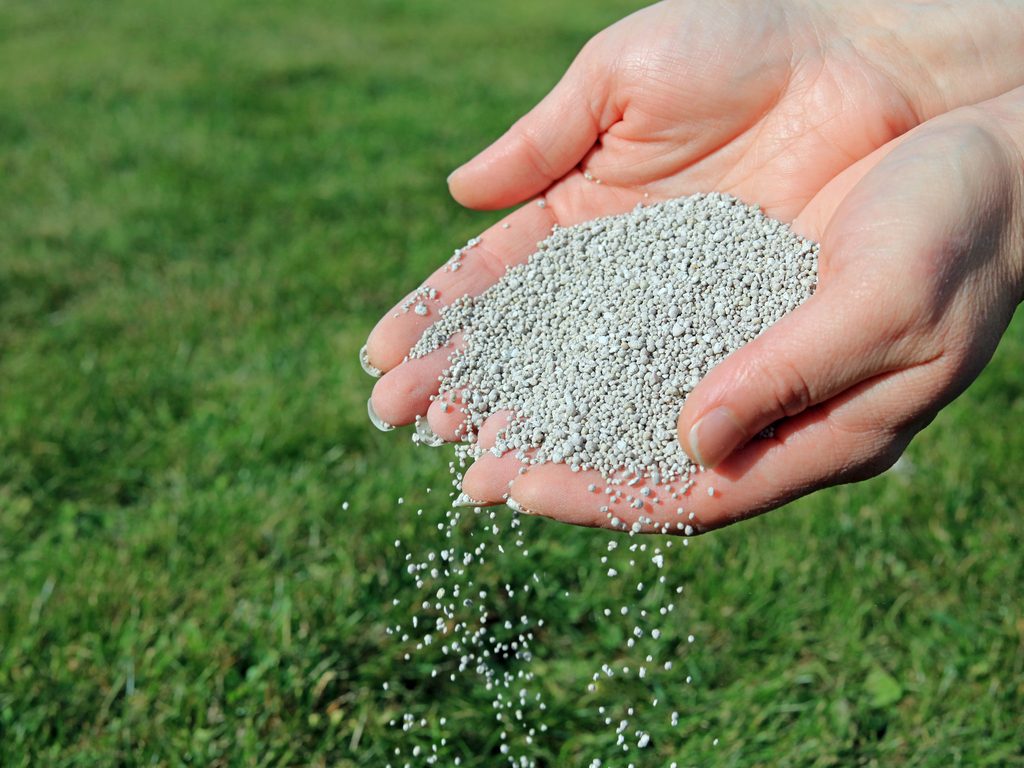 Weed killers work much better, and with far greater success, following an application of fertiliser to the lawn. We recommend applying a good quality lawn fertiliser 3 to 7 days before weed treatments, and ensure the product is well-watered into the turf.
Weed killers work much better, and with far greater success, following an application of fertiliser to the lawn. We recommend applying a good quality lawn fertiliser 3 to 7 days before weed treatments, and ensure the product is well-watered into the turf.
An application of fertiliser at this time will also allow the Buffalo lawn to grow healthier and to naturally fight off many weed invaders on its own during this same treatment period.
More herbicide or a stronger dose will not help kill more weeds.
Instead, it will run the risk of causing damage or even possible death to your Buffalo lawn. So be sure to only ever use the correct dosage of herbicide as instructed on the product packaging.
Often multiple treatments for the same weeds are required and there is a real risk of damaging the grass if we’re not careful.
If treating the same weed type with the same product, the second treatment should occur 2 to 3 weeks after the first. This gives the weeds a good dosage in a short amount of time and allows the second dose to work on an already weakened weed.
Wait at least a month, at minimum, before applying any further treatments past the second. This allows the lawn to fully recover to good health in between treatments. Without waiting between treatments, you could cause damage to your Buffalo lawn.
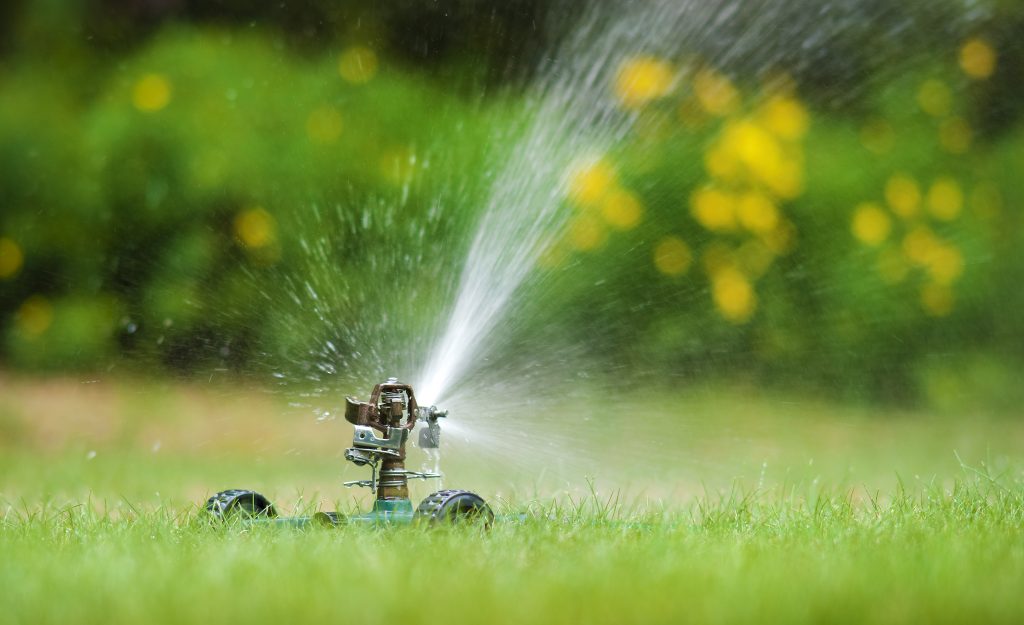
Each product will be different, so be sure to read the product label. Generally, you will need to wait at least 3 to 7 days after the application of herbicide before you can water the lawn again. The same applies if it rains within days of applying herbicide to the turf.
Winter Grass Killer works completely differently than other herbicides and will need to be lightly watered into the lawn after application so it can kill the weed at its roots.
You don’t want to spray for Buffalo lawn weeds one week before mowing, or one week after mowing. By spraying too soon after mowing the grass will still have fresh open wounds from being cut which will then absorb the poison and damage or kill the Buffalo grass.
Mowing too soon after weed spraying could remove much of the weed’s leaf material which contains most of the poison – thus the effectiveness of the weed treatment falls considerably.
Lastly, mow all Buffalo lawns with a catcher for the following 2 to 3 mowings after weed spraying, and then throw the clippings into the bin.
Most of these grass clippings will still be holding onto active herbicide, and by recycling them into garden beds or compost you run the risk of causing damage or death to other plants in your garden.
It is vital not to forget about good lawn care practices as well as weed management.
If a Buffalo lawn is in good all-round health, it will naturally fight and outcompete many different weed and pest types on its own. So at the same time as treating weeds in your Buffalo lawn, you should aim to do everything possible to bring your lawn back to full health and vitality.
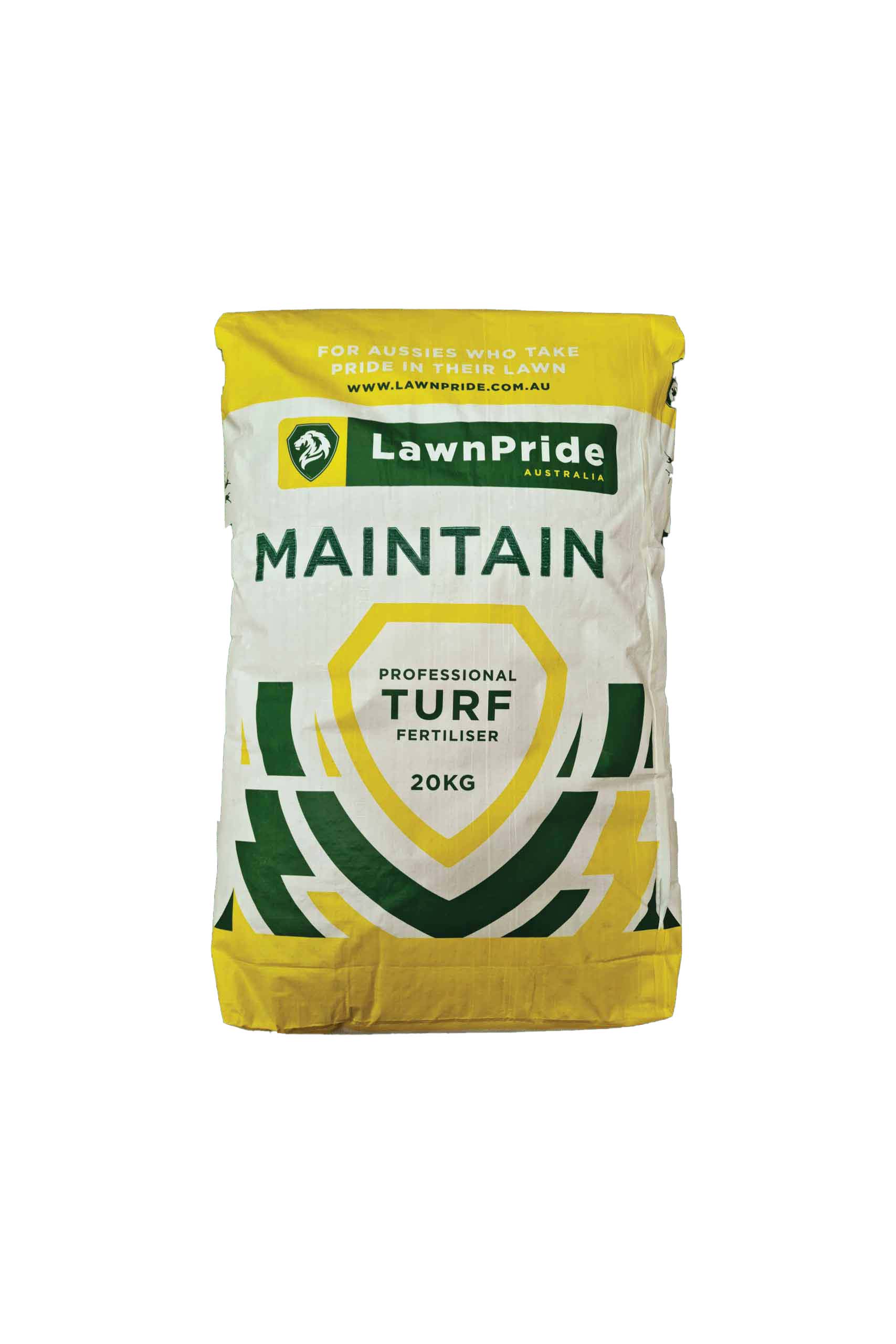
Lawn Pride Maintain 26-2-9 + 3.4 Fe 20kg is one of the most popular granular all-round lawn fertilisers on the market with the active ingredients of Nitrogen (N – 26), Phosphorus (P – 2), Potassium(K – 9) and Iron (Fe – 3.4). Suitable for Zoysia, Kikuyu, Couch and Buffalo grasses. Always read the safety directions and instructions on the product label before use.
SHOP NOW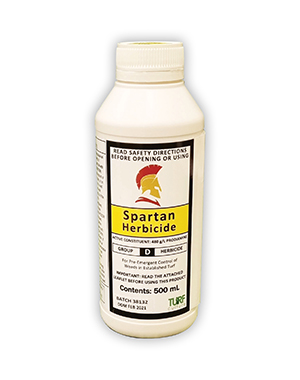
Spartan is one of the leading pre-emergent Herbicides. Suitable for use on Zoysia, Kikuyu, Couch and Buffalo grasses. Always read the safety directions and instructions on the product label before use.
SHOP NOW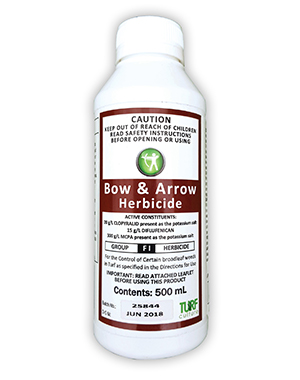
Bow and Arrow 500mL is one of the most effective broadleaf liquid herbicides on the market. Suitable for Zoysia, Kikuyu, Couch and Buffalo grasses however transient discolouration may occur on Kikuyu, Carpet and Queensland Blue Couch lawns. Always read the safety directions and instructions on the product label before use.
SHOP NOW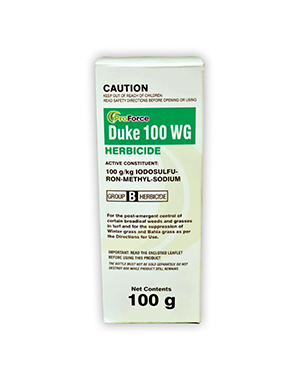
Indigo Duke 100WG 100gm is a very effective Group B post-emergent liquid herbicide with the active ingredient of Iodosulfuron-Methyl-Sodium and a low application rate of 1.5g/100sqm. Suitable for Kikuyu, Buffalo and Couch grasses. Cannot be used on Zoysia Grass. Always read the safety directions and instructions on the product label before use.
SHOP NOWSign up for our Newsletter to receive your free guide.
